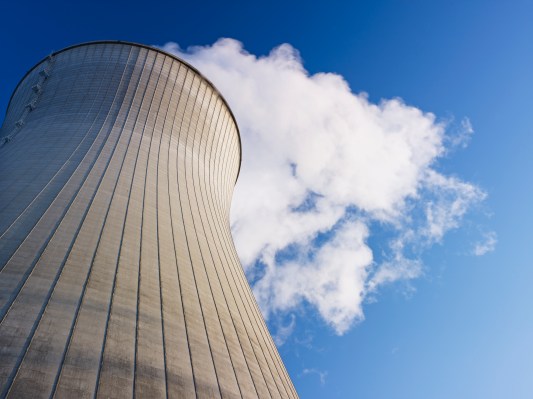There’s a truism in climate circles that says solving global warming doesn’t require anything we don’t already have. Reasonable people can debate that, but the upshot is that electrifying buildings, transportation and industry is the best path forward, and we already have plenty of cheap, carbon-free ways to generate that power. It’s just a matter of will.
Solar and wind usually top the list, but nuclear is often included alongside. All of them are carbon-free energy sources that don’t require any major scientific breakthroughs. Together, the trio generates a third of U.S. electricity, and the majority of that, 19%, is from nuclear.
Nuclear’s continued significance is partly due to inertia. Between the 1950s and the 1990s, the U.S. built 90 nuclear reactors. But over the last 20 years, only three new reactors have been connected to the U.S. grid.
That stagnation has sent the industry searching for answers. What changed? Investors, sensing an opportunity in sclerosis, poured $5 billion into a new generation of fission power startups last year, according to the Nuclear Energy Institute. Many of the new approaches aim to solve the issues that plagued existing reactor designs, like cost overruns, waste and safety concerns.
Yet nuclear fission still faces challenges. Even with the new designs, it probably won’t be enough to make a difference when it comes to the climate because nuclear’s biggest hurdles aren’t technical at all.
Dollars and cents
Part of nuclear’s problem is cost. The U.S.’s newest reactors, Vogtle 3 and 4 in Georgia, are expected to cost $30 billion when the latter is completed (Vogtle 3 was hooked up in August). They’re already seven years behind schedule and more than $16 billion over budget.
The cost of power produced by those reactors is estimated to be a whopping $141 to $221 per megawatt-hour, based on Lazard’s calculations of the leveled cost of energy (LCOE), a common way to compare different generation technologies. That’s about what it costs to run peaker plants fueled with natural gas. They’re only turned on when demand surges, and they’re among the most expensive to run. But Vogtle 3 and 4 aren’t small peaker plants — they’re massive reactors that are supposed to generate power 24/7 at a reasonable cost.
